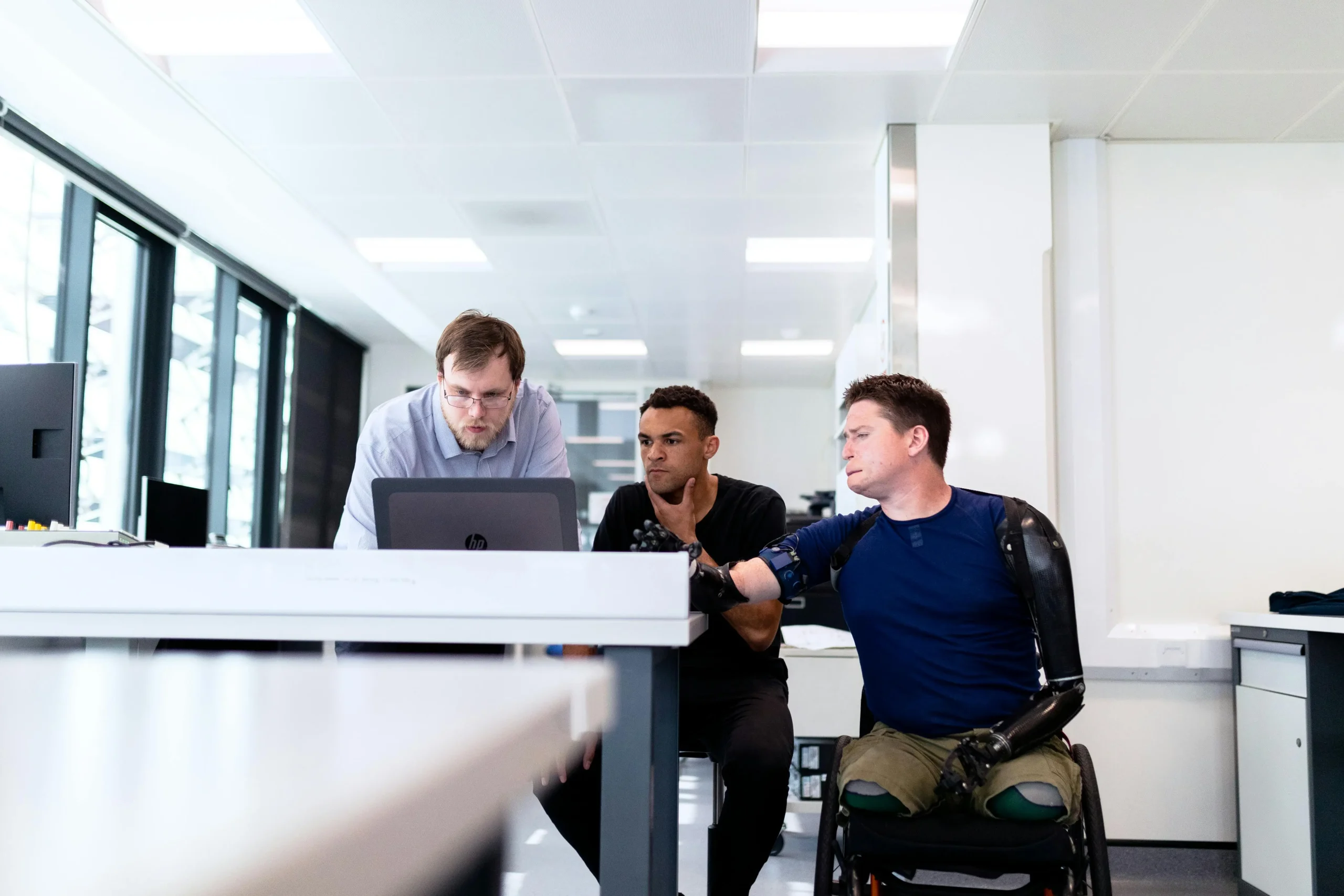Introduction to Accessible Employment
In today’s ever-evolving workplace, accessibility isn’t just a checkbox—it’s a gateway to a richer, more productive work culture. Companies that embrace accessible employment are not only breaking down barriers but are also setting themselves up for long-term success. But what exactly is accessible employment, and why does it matter?
Accessible employment means crafting a workplace where everyone, regardless of physical abilities, can thrive. This inclusive approach ensures that people from diverse backgrounds bring their unique perspectives, enriching the company and fueling innovation.
“When accessibility is at the heart of a company’s values, the doors of opportunity swing open wider than ever.”
Understanding Accessible Employment
What is Accessible Employment?
Accessible employment refers to an environment where all employees, including those with disabilities, can perform their best. It means providing accommodations, removing physical barriers, and fostering an inclusive atmosphere that celebrates differences.
Breaking Down Accessibility in the Workplace
Accessibility isn’t limited to ramps and Accessible Employment bathrooms. It includes digital tools, inclusive job descriptions, and the flexibility to work in ways that best suit each employee.
Common Barriers to Accessible Employment
Barriers may come in various forms, like physical hurdles in the office, inaccessible websites, or unconscious biases in hiring.
Physical, Technological, and Attitudinal Barriers
A physical barrier could be a lack of ramps, while a technological barrier might mean incompatible software. Attitudinal barriers, such as prejudice or lack of awareness, can be the hardest to break.
The Benefits of Accessible Employment for Companies
Expanding the Talent Pool
Accessible employment gives companies access to a vast, often overlooked talent pool. Diverse employees bring fresh insights, enhancing creativity and problem-solving.
Unlocking Untapped Potential
By making roles accessible, companies discover talents that may otherwise remain hidden. Those who’ve overcome challenges often bring a unique determination and resilience.
Boosting Innovation and Creativity
Diversity fosters innovation. When people with different experiences work together, creative solutions emerge naturally.
Increasing Employee Satisfaction and Retention
Accessibility directly impacts employee morale. Employees feel valued when they see their needs respected, leading to higher job satisfaction.
The Connection Between Accessibility and Retention
People stay longer at companies where they feel valued and supported, reducing turnover costs and boosting morale.
Enhancing Brand Reputation
In an era where social responsibility matters, companies known for accessibility earn loyalty from customers and employees alike.
How Accessible Employment Drives Success
Improved Productivity Through Diverse Perspectives
When teams bring diverse viewpoints, productivity surges. A more inclusive workplace ensures that no good idea goes unnoticed.
How Different Backgrounds Fuel Success
Inclusive teams have a broader understanding of customer needs, which helps companies stay competitive.
Strengthening Problem-Solving Capabilities
Accessibility fosters adaptability, creating a company that can respond to challenges with agility.
Meeting Legal and Social Obligations
In many regions, accessible employment is required by law, but it’s also a step toward a just society.
Why Accessibility is a Legal Requirement in Many Regions
Laws around accessibility protect both employees and companies by promoting fairness and inclusion.
Leveraging Accessibility as a Competitive Advantage
Companies with accessible employment policies often outperform those without, as they can attract top talent across all demographics.
Practical Steps for Implementing Accessible Employment
Conducting an Accessibility Audit
Identify potential barriers by examining your physical and digital spaces. This is the foundation of accessibility.
Educating and Training Employees on Inclusion
Building a culture of empathy is essential. When employees understand each other’s challenges, collaboration improves.
Building Empathy and Awareness
Training sessions that focus on the value of diversity help build understanding and reduce unconscious bias.
Adapting the Physical Work Environment
Ensure that spaces are designed with all abilities in mind—this can include installing ramps, accessible desks, or ergonomic chairs.
Updating Digital Infrastructure
Digital accessibility ensures everyone can use your tools and systems.
Accessible Websites, Tools, and Software
Consider screen reader compatibility and keyboard accessibility when developing or selecting tools.
Adopting Inclusive Hiring Practices
Crafting Inclusive Job Descriptions
Use language that invites everyone, avoiding terms that may discourage candidates with disabilities.
Providing Reasonable Accommodations During Interviews
Offer flexibility to candidates with unique needs, allowing them to perform their best during interviews.
Collaborating with Organizations Focused on Accessibility
Partner with organizations that specialize in accessible employment for guidance and talent sourcing.
Measuring Success in Accessible Employment
Setting Clear Goals and KPIs
Define measurable objectives to track accessibility initiatives.
Collecting Feedback from Employees
Employee feedback is invaluable. It helps to continuously improve accessibility efforts.
Regularly Reviewing and Adjusting Policies
Stay agile. Accessibility policies should evolve with the workplace’s needs.
Overcoming Challenges in Accessible Employment
Addressing Budget Constraints
Financial constraints shouldn’t stop accessibility. Start small and prioritize.
Shifting Workplace Culture and Mindsets
Change is slow, but educating employees and managers is the key.
Dealing with Limited Resources
Prioritize and implement what’s most impactful first.
Real-World Examples of Accessible Employment Success
Companies Leading the Way in Accessibility
Many global firms, such as Microsoft and IBM, have pioneered inclusive workplaces, setting a high standard.
Inspiring Stories of Inclusive Work Environments
Real-life stories of employees thriving thanks to accessible policies inspire others to join in.
The Future of Accessible Employment
Emerging Trends in Workplace Accessibility
New trends like flexible work options and telecommuting are expanding accessibility options.
How AI and Tech Are Shaping Accessibility
AI-driven tools, like voice recognition, make work easier for those with disabilities.
Internal Links:
- How to Build Confidence as a Disabled Job Seeker
- Top Accessibility Tools for Remote Disabled Workers













